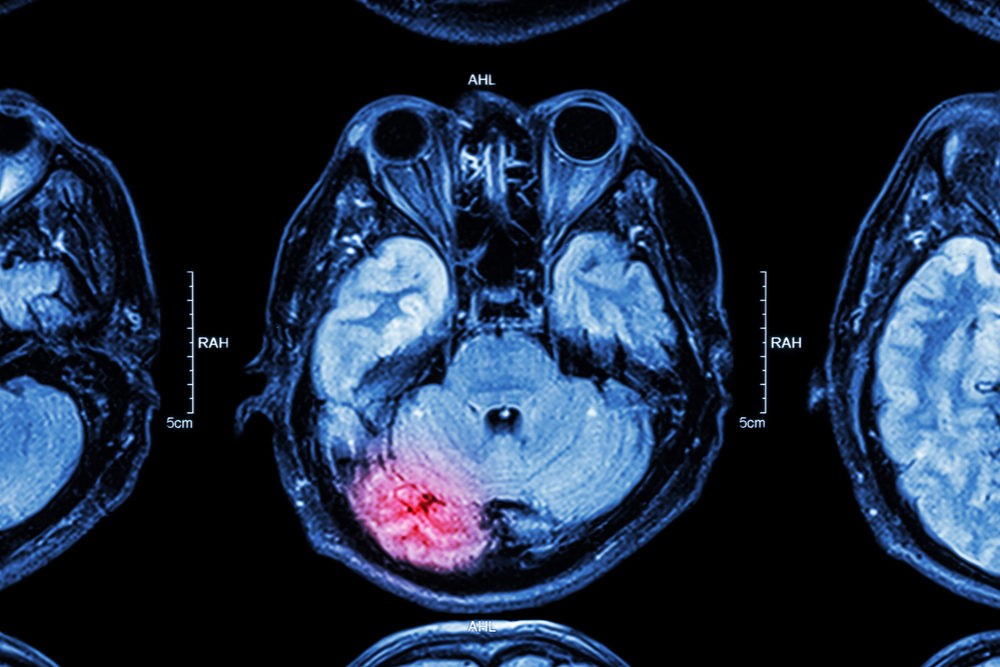Misuse Of Neurovascular Stents May Have Led To Patient Injuries And Deaths, FDA Warns

Federal regulators indicate that neurovascular stents may pose life-threatening risks for some patients, urging doctors to exercise safe and effective use of the devices for stent-assisted coiling (SAC) of brain aneurysms.
The FDA issued a letter to health care providers on May 8, indicating that the agency has received reports associated with the use of neurovascular stents used for stent-assisted coiling (SAC) on unruptured brain aneurysms that may have resulted in strokes or death.
According to the FDA, the risks of using neurovascular stents for SAC on smaller brain aneurysms or on patients with reduced life expectancy may outweigh the potential benefits.

Did You Know?
Millions of Philips CPAP Machines Recalled
Philips DreamStation, CPAP and BiPAP machines sold in recent years may pose a risk of cancer, lung damage and other injuries.
Learn MoreThe stents are designed to treat wide-neck, intracranial, saccular aneurysms and come in different diameters. They are made by multiple manufacturers.
“Neurovascular stents for SAC provide important options for the treatment of wide-neck brain aneurysms, and their technology continues to evolve. However, these procedures are not without risks, and careful patient selection and proper device use are critical to ensure that the benefits to the patient outweigh the risk of treatment,” the FDA told doctors in the letter. “Many patients with unruptured brain aneurysms can be managed conservatively with routine monitoring and follow-up depending on their individual risk factors for aneurysm rupture.”
Reports the FDA has received indicate that those risks could include strokes and deaths, which may occur during the implant procedure, or could also occur due to patients having serious co-morbidities, such as reduced life-expectancy or intolerance to blood thinners.
The agency issued a number of recommendations in its letter, calling for health care professionals to:
- Discuss the benefits and risks of neurovascular stents and procedures with their patients.
- Be aware that the stents are approved for brain aneurysms of limited characteristics and sizes, and have not been tested outside of those parameters.
- Avoid using the stents on patients who cannot tolerate anticoagulation or anti-platelet medications due to the risk of thrombosis around the stent, which can cause strokes and deaths.
- Select a stent of the proper length and diameter.
- Only use delivery microcatheters that are compatible with that particular stent.
- Carefully observe micro-guidewires, microcatheters and embolization coils to avoid entangling and coil prolapse through stent struts.
In addition, the FDA asks doctors to report any adverse events to its MedWatch adverse event reporting program. The reports should indicate the length of time between the procedure and the event, the type and size of the brain aneurysm, the location and target vessel dimensions, the size of the devices used, and any patient factors or devices that may have affected the procedure.
Get more articles like this sent directly to your inbox.
"*" indicates required fields





0 Comments